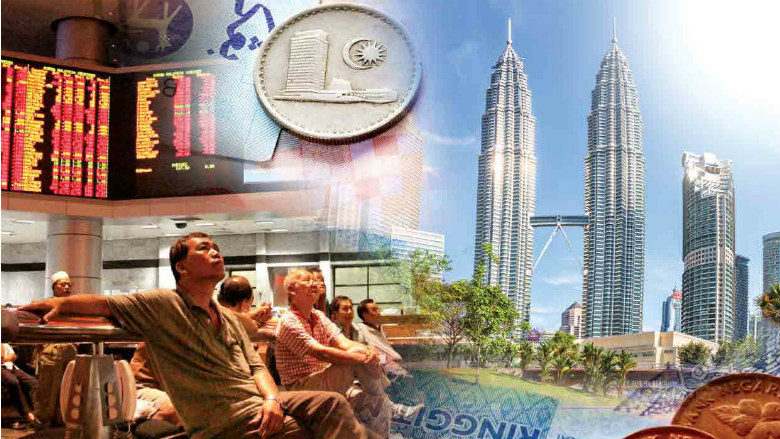Key Findings
Malaysia’s acceleration is set to continue through to the next year after experiencing significant progress in 2017 with year-on-year growth projected at 5.8%.
- The pace of GDP growth quickened in the first three quarters of 2017, supported by strengthening domestic and external demand. In 2018, GDP growth rate is expected to remain strong at 5.2%.
- Private consumption had a robust expansion in 2017. Expect it to remain as the main driver of growth in the coming year, supported by stable labor market conditions and continued income growth.
- The expansion of Malaysia’s exports is expected to continue into the first half of 2018, although at a lower rate.
- Reforms to enhance productivity could be intensified to address key constraints, such as a lack of competition in key markets, and critical human capital and skills deficits. Addressing this will positively impact households in the bottom 40%, enabling access to more jobs to ensure real income gains.
The 1997–98 Asian financial crisis was a major turning point for macroeconomic management and financial sector policy in Malaysia. It triggered a series of deep macro-financial reforms in Malaysia that has transformed the country’s financial system into a resilient, diversified and sound one 20 years later.
- During the Asian Financial Crisis, Malaysia stood out among the region as the only country that did not request the International Monetary Fund (IMF) for a bailout package.
- Malaysia’s unorthodox policy response to introduce selective capital controls was heavily criticized by the international financial community. But the move alleviated the credit crunch resulting in less bankruptcy and reduced costs of financial sector restructuring and recapitalization.
- The economy rebounded strongly after the crisis, driven by the restored dynamism of Malaysia’s export manufacturing sector.
- The report highlights five key lessons:
1. Flexible exchange rate regimes tend to lower the risk of currency crashes.
2. Large international reserves can be a good insurance against future crisis.
3. The imposition of selective and temporary capital controls to stabilize
capital flows during a period of crisis has become more acceptable.
4. Rapid financial account liberalization can be dangerous.
5. Careful, prudential regulation of the domestic financial sector is necessary.
- Since the Asian financial crisis, the imposition of capital controls has become part of the toolkit for economists and policymakers around the world when faced with a crisis.
- The approach adopted during the crisis has transformed the level of resilience of Malaysia’s financial services. The country emerged with no bank closures, a high recovery rate on non-performing loans, and stronger banking institutions.
- Malaysia’s bond market has expanded significantly after the crisis to become a major financing source for corporations, and it is also now a global leader in Islamic finance.
- As a result, Malaysia has improved its ability to absorb the shock of crises that followed, such as the 2008 global financial crisis.
- However, challenges remain as the Malaysian economy has expanded nearly three times since the crisis, and as such is closely integrated into an increasingly volatile global economy.
- The balance sheets of households and corporations will need to be monitored for signs of stress. Efforts to further strengthen governance of financial institutions and fiscal space need to continue.
